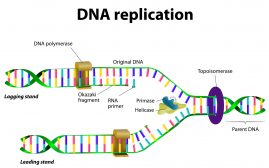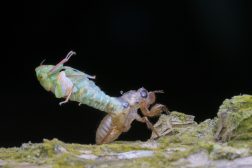Definition
A species of the family Onchocercidae that infects the lymphatic system and causes lymphatic filariasis
Supplement
Wuchereria bancrofti is a filarial nematode of humans. It belongs to the family Onchocercidae, Phylum Nematoda. W. bancrofti, Brugia malayi and Brugia timori are the three species that cause lymphatic filariasis. These filariae infect the lymphatic system and make use of insects as vectors. W. bancrofti is the most prevalent and found commonly in Central Africa, South and Central America, tropical regions of Asia, etc.
W. bancrofti exhibits sexual dimorphism. The male adult worm is smaller than the female. The male is about 40 mm in length and 100 micrometers in width. The female is about 60 to 100 mm in length and 300 micrometers in width. The male has a curved tail and with additional sensory organs whereas the female has a tapered rounded tip and lacking in additional sensory structures. The male and female adults are usually found coiled together. The gravid female produces young larvae called as microfilariae.
W. bancrofti makes use of mosquitoes as its intermediate host. Parasite transmission occurs during when the infested mosquito feeds on the blood of the human host.
When filariasis caused by W. bancrofti becomes chronic, elephantiasis may occur.
Scientific classification:
- Kingdom: Animalia
- Phylum: Nematoda
- Class: Secernentea
- Order: Spirurida
- Family: Onchocercidae
- Genus: Wuchereria
- Species: W. bancrofti (Cobbold, 1877) Seurat, 1921
See also:







